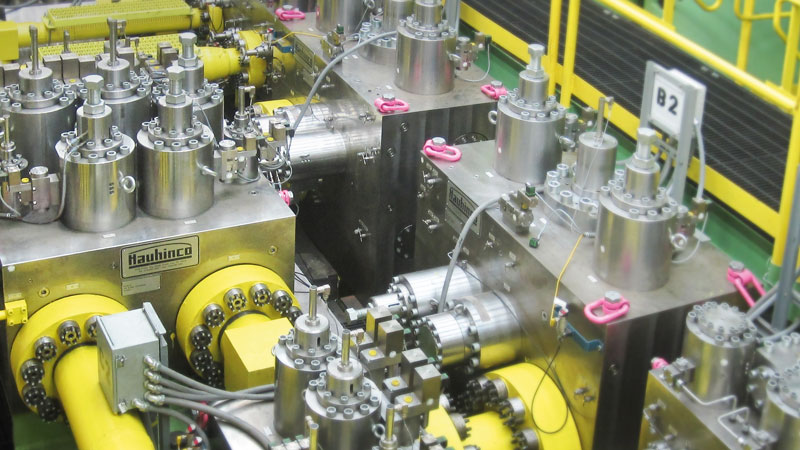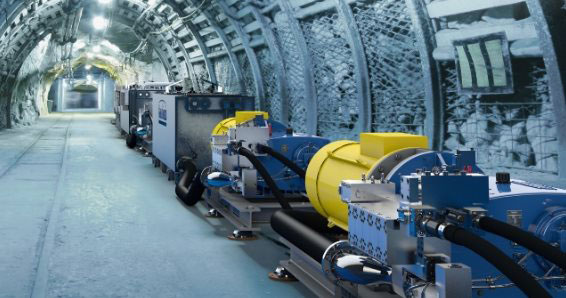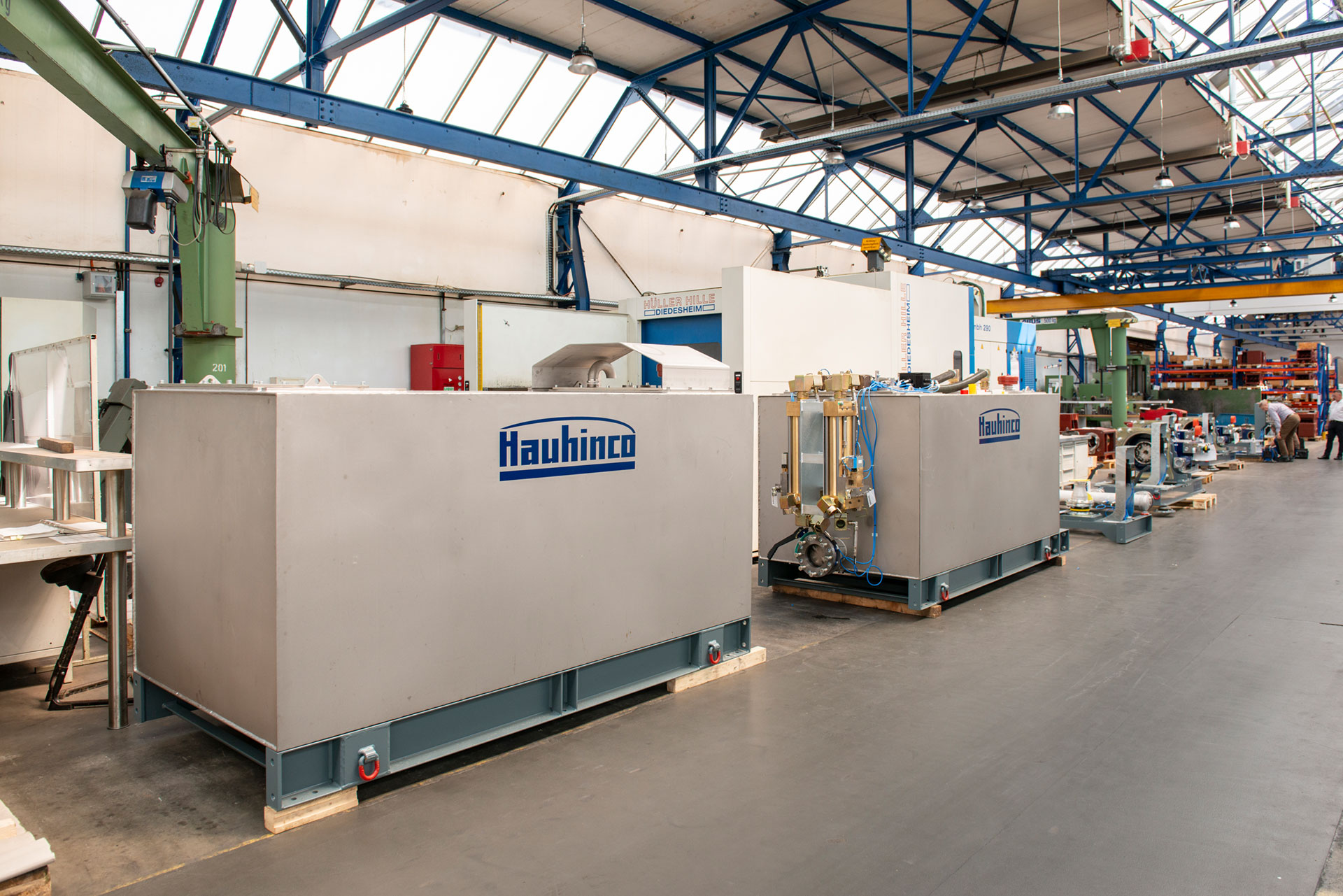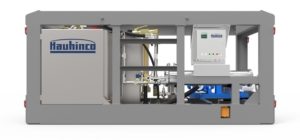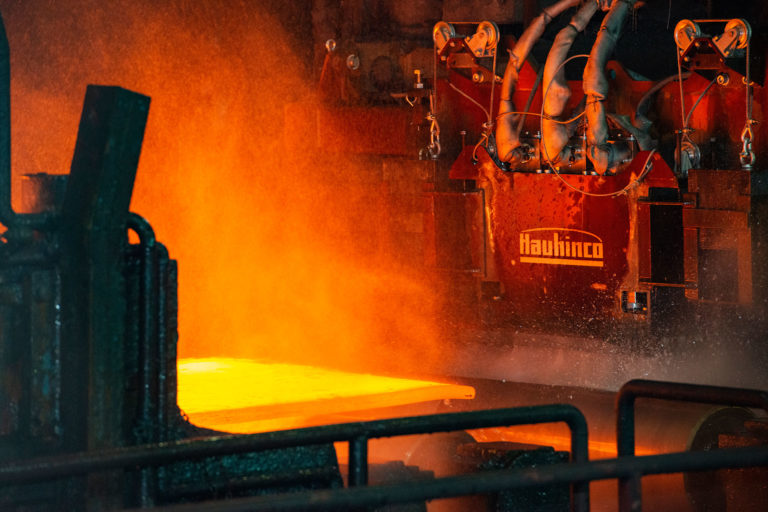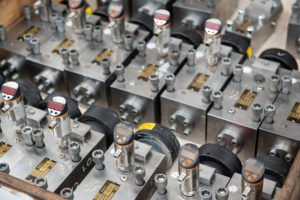General | |
| Weight | see Order information |
| Installation position | any |
| Ambient temperature | -10 to 50°C (hydraulic fl uids, heed standard requirements) |
Material Valve parts
Material Seals | Stainless steel, bronze
NBR, PTFE, PUR |
Hydraulic | |
Pump bypass valve H30, H300 | |
| Hydraulic pressure connector P, A, M | ≤ 400 bar |
| Hydraulic pressure connector X, Z1, Z2 | ≤ 400 bar |
| Hydraulic pressure connector Y | ≤ 10 bar |
| Direction of flow | P->T, P->A |
Pilot valve V300 | |
| Hydraulic pressure connector X, Z1, Z2 | ≤ 400 bar |
| Hydraulic pressure connector Y | ≤ 10 bar |
Pressure fluid
- Medium - Temperature range
- Medium - Quality
- min. filter fineness connection P, A, T
- min. filter fineness connection X, Z1, Z2 | Water, HFA
5 to 40°C
see Hauhinco media requirement, water, HFA
Filter fi neness 100μm
Filter fi neness 25μm (control pcb with filter inserts) |
Pressure fluid
- Medium - Temperature range
- Medium - Quality | Mineral oil HLP according to DIN51624-2
5 to 50°C
Cleanliness class -/19/16 according to ISO 4406 |
| max. switching rate of the valve unit | 0,2 Hz |
Note: The maximum decrease volume flow of the consumer and
the size of the pressure accumulator control the switching rate of the
pump circulation control system. | |
| Use of other pressure fluids on request. | |
Included in the scope of supply | |
| Mounting screws of the valves | |
 Menu
Menu Menu
Menu中文 (中国)



